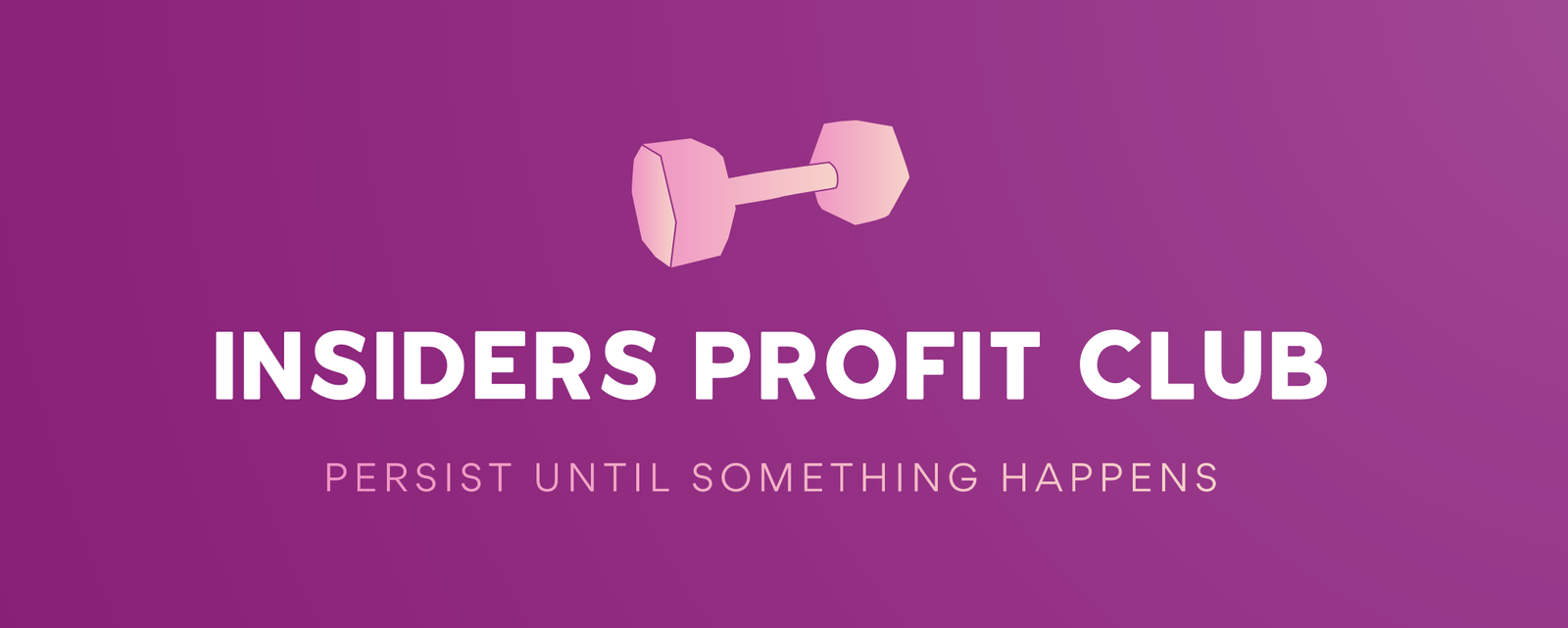How long you need to hold a plank to see real results?
Have you ever wondered how long it takes you to hold a plank to get results without staying in the pose a second longer than necessary? We also. Let’s get into the details (spoiler alert: there are transversals to consider), but first: Here’s why you should train your core with the fundamental move in the first place.
-
Why Core Strength Matters
According to the American Council on Exercise (ACE), the core muscles include the erector spinae (or erector spinae), internal and external obliques (responsible for torso rotation), obliques (which help lean to one side) , the transversarius abdominis (This is the muscle used when the boot camp instructor excitedly yells, “Pull your belly button toward your spine!”), rectus abdominis (commonly known as the “six pack” muscles), and the multifidi (which keeps your spine stable).strengthening those core muscles is important to help your body function properly.
“Core resistance provides both stability and balance, improving overall strength and improving reduces complete everyday ta sks,” he explains. “[When your core is strong] you move better, breathe better, and perform better.”
A 2019 PLOS ONE study that focused on college-age endurance athletes found that eight weeks of core training helped improve runners’ endurance and balance. Meanwhile, other studies have found that regularly strengthening core muscles was a factor in reducing chronic back pain.Mulgrew adds, “The stronger your core, the less stress there is on [your] lower back, knees and shoulders.”
-
The advantages of plank
Whether you’re doing planks, crunches, crunches, or some other movement really comes down to what form of core strengthening you like best (or rather, your stomach can handle!), Mulgrew says. Still, boards are his top choice for one common reason: you get the most bang for your buck.
“The plank is more of a full-body exercise than a crunch and primarily targets the rectus abdominis,” he explains.“The plank includes the arms, hips, buttocks, legs, and upper back. It works those deep stabilizing muscles because it’s an isometric exercise.” Crunches, on the other hand, engage the appropriate muscles (hip, lower back) a little more than abs, but not as hard as a plank.
Even if you’ve had a previous lower back or neck injury, crunches and crunches can do even more damage, while a plank can help strengthen these muscles without causing additional strain.
But, as Mulgrew reiterates, there is room for all kinds of core-focused practice.Add that you would compare a crunch or squat to a bicep curl (an isolated exercise) and a plank to a squat or deadlift (a compound exercise).


-
How to make a perfect plank
Ready to start? Here’s how to get all of those core balance and strengthening benefits by performing the perfect plank:
How to: Start on your hands and knees on the floor. Place your palms without delay beneath neath your shoulders. Step back one foot at a time. Place your feet more than hip-width apart for extra stability and move them closer together for an extra challenge. Keep a straight line from heel to the crown, and look down, slightly forward. Now squeeze your abs, quads, glutes, and bra.
“The plank is a full-body exercise, so it should feel like it!
Here are some additional form tips from Mulgrew:
- Arms and legs must be perfectly straight.
- The shoulders ought to moreover be straightened or pushed properly all of the manners right down to create extra region the various shoulder blades.
- Your tailbone extends to your inner heels.
- The abdominal muscles should be fully contracted, as should the buttocks and hips.
-
How long do you hold a plank
The answer is not as simple as you think. Albert Matheny, R.D., C.S.C.S., co-founder of SoHo Strength Lab and consultant at Promix Nutrition, says you can plank every day, but the amount of time it takes you to hold a plank can vary from 10 seconds to a minute.
Here’s why: Your form matters most. “Maintaining perfect form is the goal, just do it while you can maintain it,”
Recommends aiming for three sets of up to 60 seconds. “It’s okay to start with shorter sets and work up to 60 seconds,” an expert says. Plus, shorter planks can still give you a solid workout, says Sklar. He suggests holding a plank for 10 seconds, relaxing for 5 to 10 seconds, then exercising again for 10 seconds, and repeating three to six sets. “You get very similar strengthening benefits because you’re engaging your muscles for the same total time as if you were just holding the plank for 30 to 60 seconds non-stop,” he says. That being said, one minute is usually an ideal timeframe to get the most out of a straightener. “More time under tension is more challenging,” says Matheny. But, he adds, if you can do planks easily for a minute, increase the difficulty by contracting your abs more and squeezing your glutes and quads more. Again, don’t push yourself to hold a board longer if you’re not ready. “Forcing yourself to hold a board for an excessive amount of time can put a lot of strain on your lower back,” says Sklar. “When fatigue sets in, the lower back can start to arch. This is where you put yourself at risk of injury.” (This is where the 60-second cooldown comes in!
So plank whenever you can and do it while you can maintain good form, even for a minute. You need to see first-rate results.
-
Raise your plank
Although a plank is truly a gold standard exercise when it comes to strengthening and stabilizing your core (and is perfectly fine the way it is!), you can increase the intensity of the movement by adding a few variations add Try these 10 plank variations, including hand claps, elbow claps, and other destabilizing moves that will make your core work overtime to keep you in a stable position.







